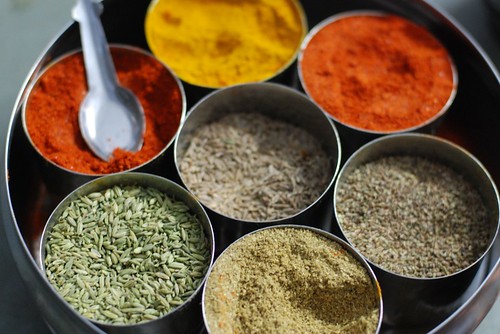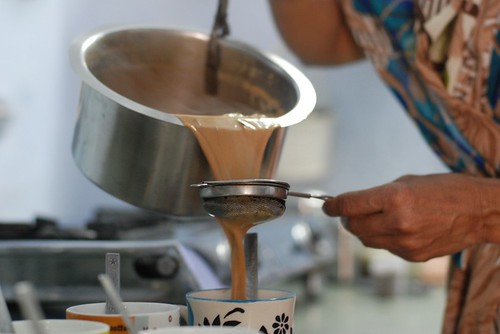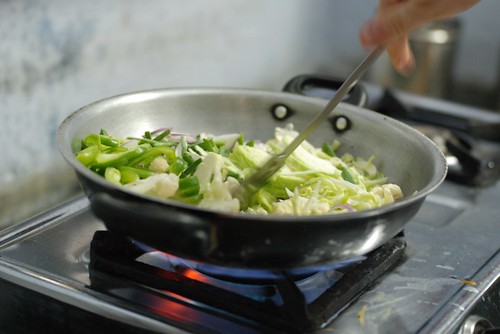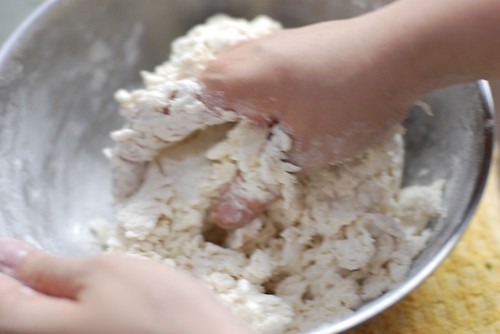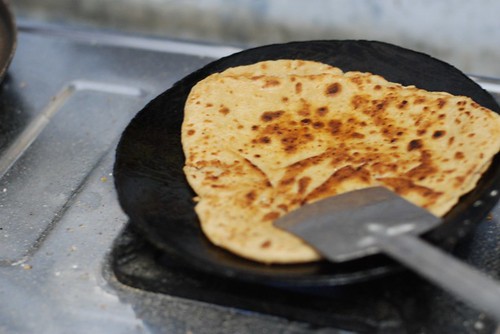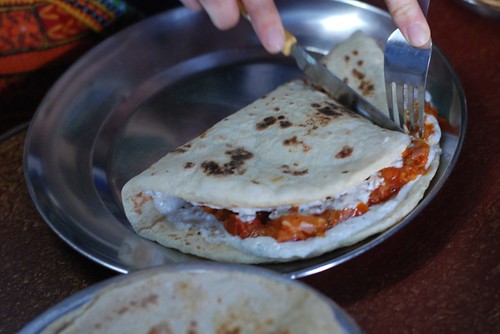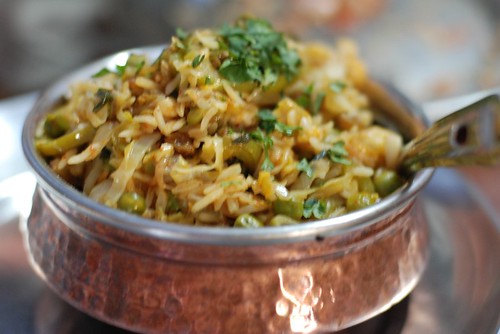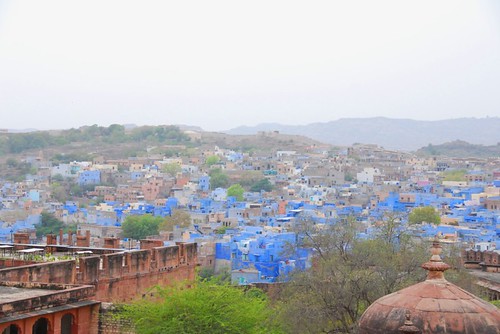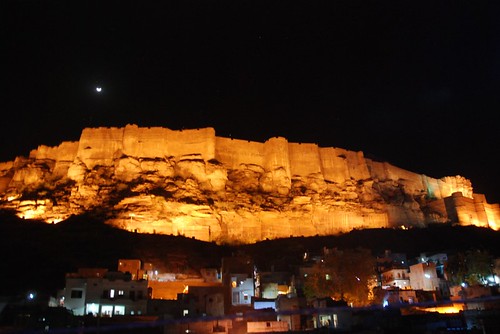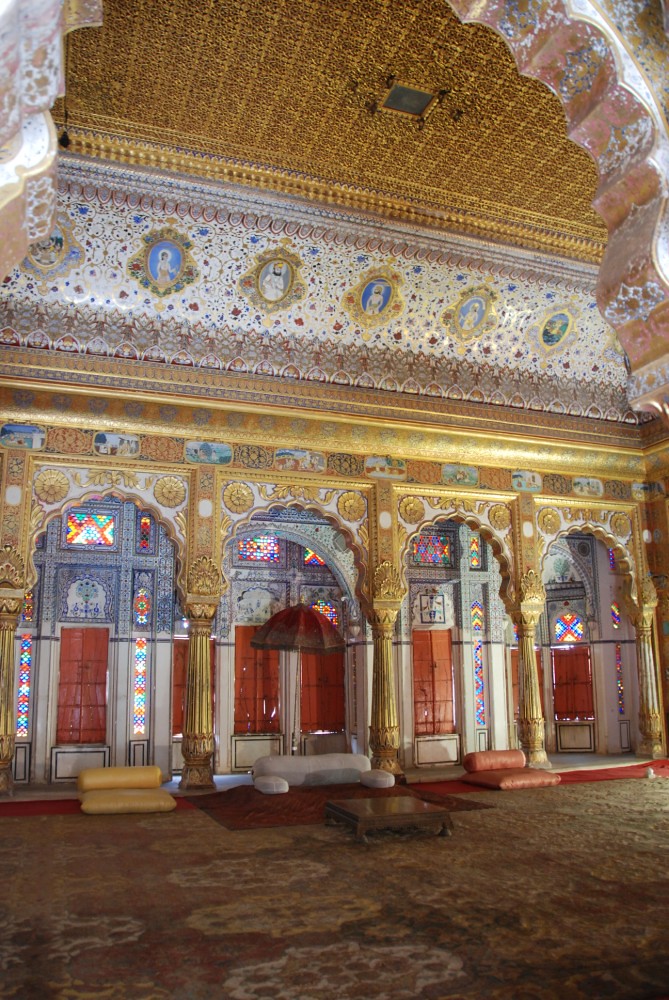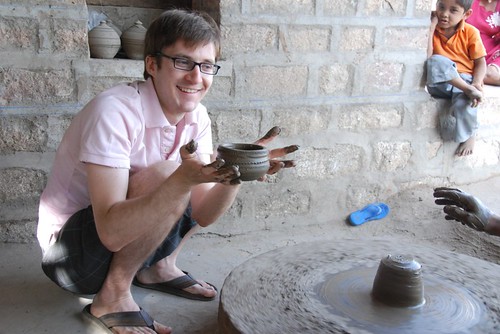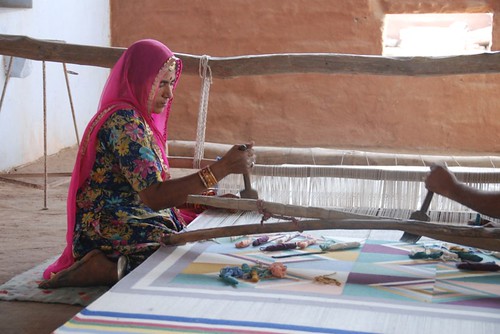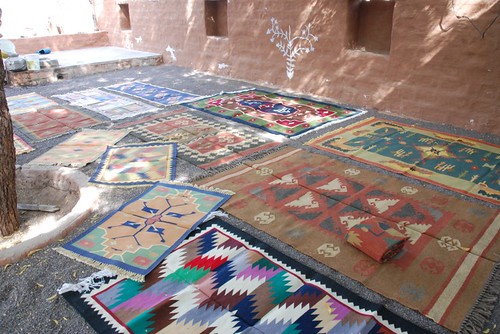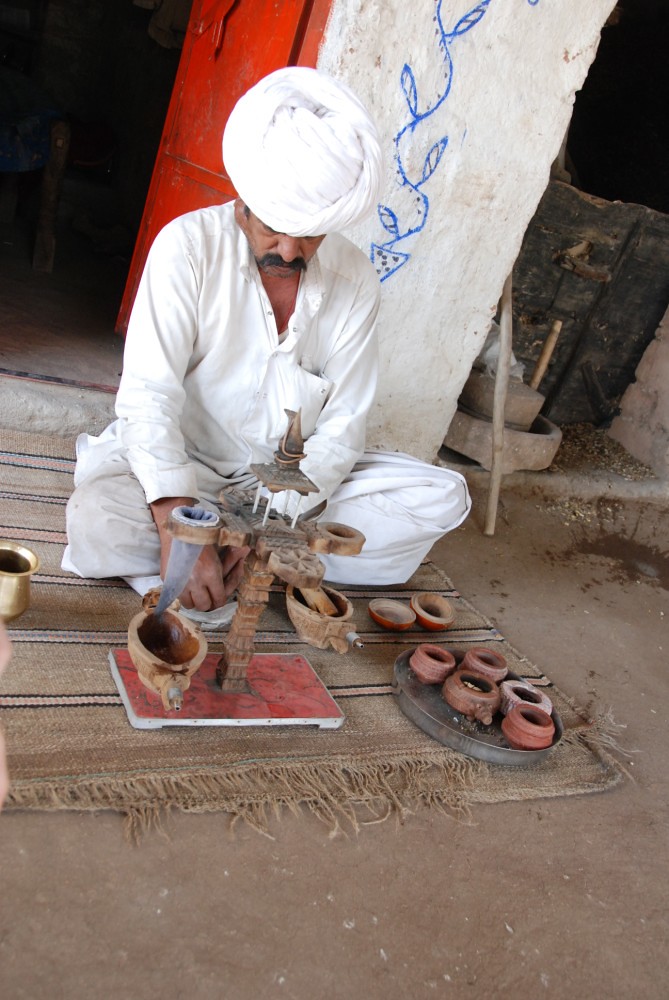India is huge. We’ve been on a few trains, and typically, train travel between major (tourist) cities take anywhere between 4-8 hours, sometimes even more, requiring the use of a night train. However, train travel is incredibly cheap in India, even if you travel well in an A/C class, so we’ve been keen to use trains as much as possible. Since we’ve taken a few different trains, and are about to embark on another (night train, eek!), I thought I’d share a few quirks we’ve observed and learned.
1. Busting the myth: tourists can book on the official Indian railway booking website with foreign credit cards (especially if using an Amex card). Starting from Day 1, ignorance, or perhaps desire to make a few bucks, has led to many people telling us that they need to book the tickets for us, of course with a small service charge added. Or, the guidebooks and locals have also suggested that we need to use the “foreigner friendly” website called Cleartrip, which collects a commission too. Lies, all lies!! We decided to test this myth the other night, a little too late into our trip, and surprise surprise, we successfully booked a train journey on the official site! Ugh.
2. On some trains, it’ll appear that nobody speaks English, and you can only communicate with them via the one word you both know – your destination. This happened on our ride up to Amritsar. Unfortunately, our travel companions who bonded with us over this word all had stops before us, so we still didn’t have anyone to inform us when we got to our stop. We had to just hang out near the doors and watch the platforms for any sign of English, but so far this strategy has worked out well. Or, as a last resort, our guidebook has been pretty precise in estimating the train journey time between cities, so we could guess based on our departure time, when we would be nearing our destination.
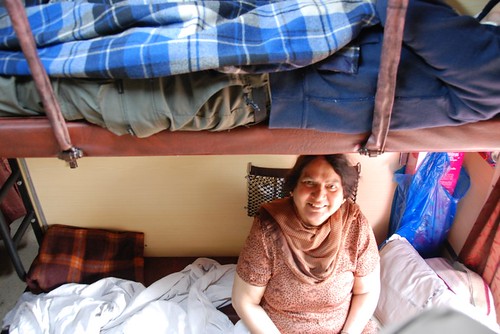
A look at the bunks and the very nice lady who didn’t speak English but shared her snacks with us.
3. The Shatabdi Express trains are awesome. You get meals, it’s comfy, and there’s even an attempt of using an intercom to announce stops (although you can’t always decipher what the recorded voice is saying over the scratchy intercom). There are less vendors on this train, which can be nice and peaceful, but also kind of sad when you’re really craving a bag of chips. Biggest frustration: incredibly difficult to book last minute, so it’s best for those who plan in advance (i.e. not us).
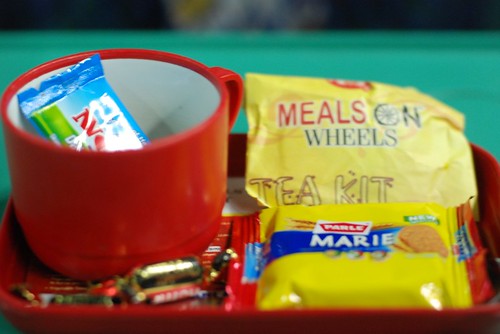
The “morning tea” on our Shatabdi train
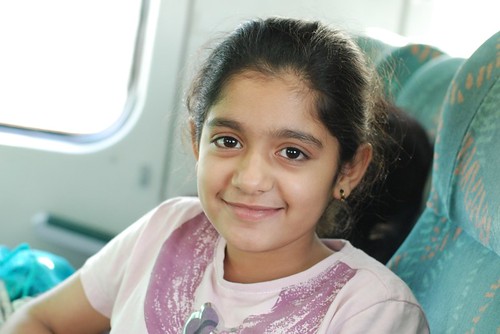
This little girl spoke English very well, and Alex befriended her. Then I told him to take a picture of her, reassuring him that it’s not creepy at all. It so is, but the deed is done, mwahaha!
4. When traveling in an A/C class, dress warmly! Also, ladies, wear slim-fitting trousers, or even better, leggings. Squat toilets + jostling train ride + trying to pee is trouble enough, you don’t need baggy clothing getting in the way of the fun. One last thing – don’t attempt the “Western toilet” if they have the option. Let’s just say, people have horrible aim, and the Western toilet is typically more disgusting than the squat toilet.
5. Beware of vendors on the train ripping off tourists. This happened on our first train ride to Amritsar, and still makes me a little annoyed when I think about it. The official(!) railway worker who distributed lunches on the train collected Rs.150 from the people sitting by me for their 3 meals, but when I reached to pay, he said, “don’t worry, later” and walked away. So I figured, OK, I will pay later. He waited until the people near me had all gotten off, and then came by, closed the curtain around our seats, and asked for Rs.150 for our one meal! I was very confused because the lady across from me did pay Rs.150, but that was for 3 meals. He claimed to not understand, and just asked for Rs.150 from me. Not wanting to create a scene, especially since he was an official worker in uniform, I gave him the money. Then he tried to charge us for the use of pillows and blankets! Good thing we didn’t actually use any of his precious pillows and blankets (which are totally complimentary), and another worker answered honestly for us that we didn’t take advantage of this service. He tried again later to ask about pillows and blankets, but I stood firm on that one. What a sneak! At the end of the day, it’s a couple of dollars, but the attitude of some people we’ve encountered just boggles my mind.
We have a couple more train rides left in India before we leave, and they will be quite different from each other. One will be a very slow overnight service to Agra from Udaipur, and I’m still not clear if we need to change trains. The other one, after much battle trying to book the 48-hour-in-advance tourist tickets, will not be a happy Shatabdi train, but rather a slower service from Agra back to Delhi. Ah well, then we’ll be done with the trains and off to Taipei!
